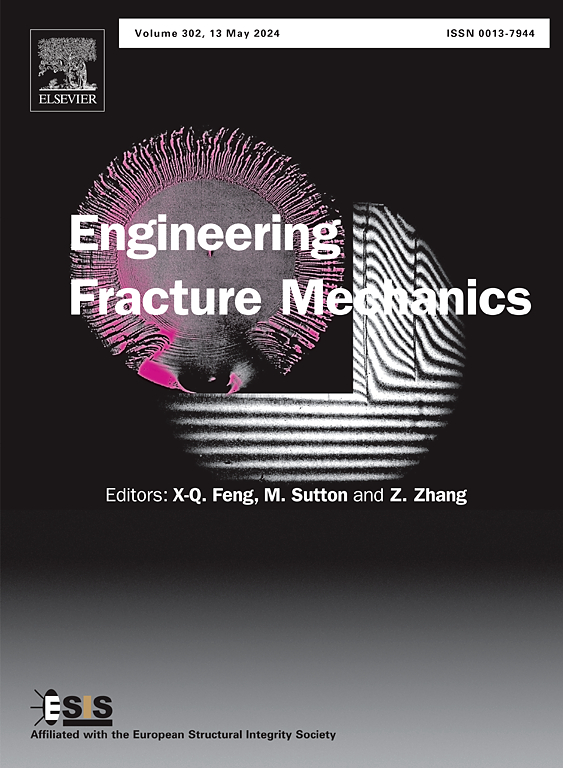先进的计算模型,准确的断裂韧性预测在不同的混凝土类型:从一个强大的实验室数据库的见解
IF 5.3
2区 工程技术
Q1 MECHANICS
引用次数: 0
摘要
断裂韧性(FT)是决定混凝土结构力学稳定性和使用性能的最重要的材料特性之一,但由于常用的实验方法复杂、昂贵、耗时,其精确测量相当困难。本研究提出了一种将机器学习(ML)与三点弯曲测试的经验信息相结合的新方法,以估计大量具体公式的FT。使用了600个样品的数据集,这些样品经过精心制备和测试,包含不同尺寸的骨料,水灰比,养护条件和材料添加剂。与其他ML算法相比,AD-XGBoost模型预测FT的R2值为0.99,NRMSE为0.0008,取得了最好的结果。敏感性分析表明,水泥类型、纤维掺量和养护温度是影响FT的主要参数,而碳纤维和钢纤维掺入混凝土基体增强了其结构稳定性。随着养护时间的延长,混凝土的韧性也得到了改善。除了作为FT预测的有效和可靠的替代品之外,这种ML建模策略显着减少了对资源要求高的实验室测试的需求。本文章由计算机程序翻译,如有差异,请以英文原文为准。
Advanced computational models for accurate fracture toughness prediction in diverse concrete types: Insights from a robust laboratory database
Fracture toughness (FT) is one of the most important material characteristics that determines the mechanical stability and operational performance of concrete structures, but its accurate measurement is rather difficult due to the complicated, expensive, and lengthy nature of the common experimental approaches. This study proposes a novel approach that combines machine learning (ML) with empirical information from three-point bending tests to estimate FT for a large set of concrete formulations. A dataset of 600 samples, which were carefully prepared and tested, containing aggregates of different sizes, water-cement ratios, curing conditions, and material additives, was used. Compared to other ML algorithms, the AD-XGBoost model achieved the best results by predicting FT with R2 values of 0.99 and NRMSE of 0.0008. As per the sensitivity analyses, cement type, fiber percentage, and curing temperature were the most influential parameters on FT, while the inclusion of carbon and steel fibers into the concrete matrix enhanced its structural stability. Improvement of the toughness of concrete was also noticed with a prolonged curing process. Besides being an effective and reliable substitute for the prediction of the FT, this ML modelling strategy significantly minimizes the need for resource-demanding laboratory tests.
求助全文
通过发布文献求助,成功后即可免费获取论文全文。
去求助
来源期刊
CiteScore
8.70
自引率
13.00%
发文量
606
审稿时长
74 days
期刊介绍:
EFM covers a broad range of topics in fracture mechanics to be of interest and use to both researchers and practitioners. Contributions are welcome which address the fracture behavior of conventional engineering material systems as well as newly emerging material systems. Contributions on developments in the areas of mechanics and materials science strongly related to fracture mechanics are also welcome. Papers on fatigue are welcome if they treat the fatigue process using the methods of fracture mechanics.

 求助内容:
求助内容: 应助结果提醒方式:
应助结果提醒方式:


